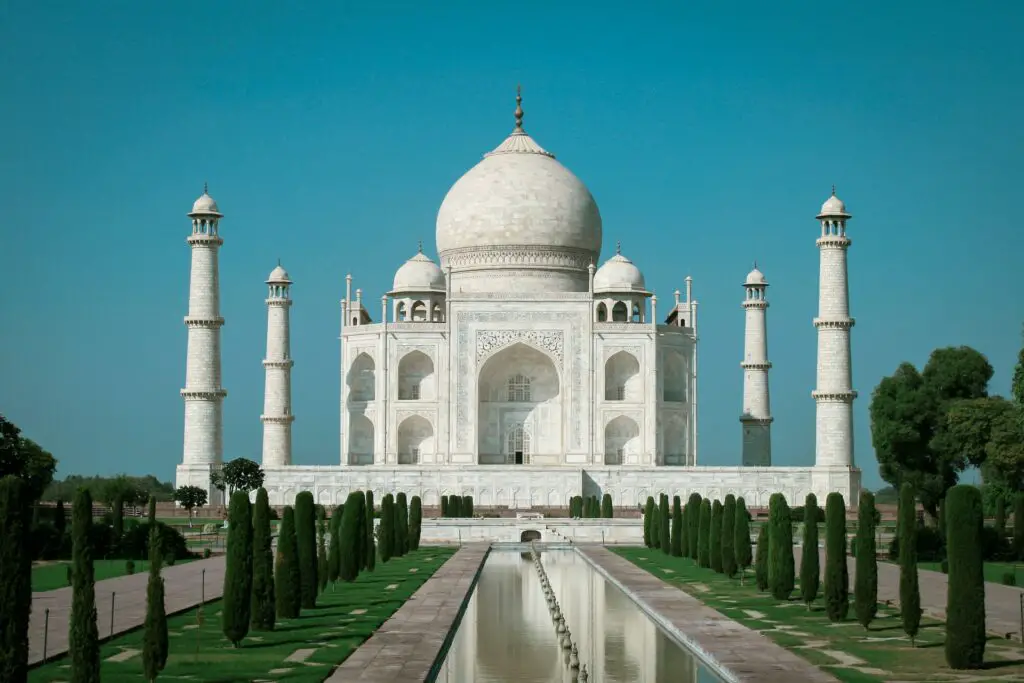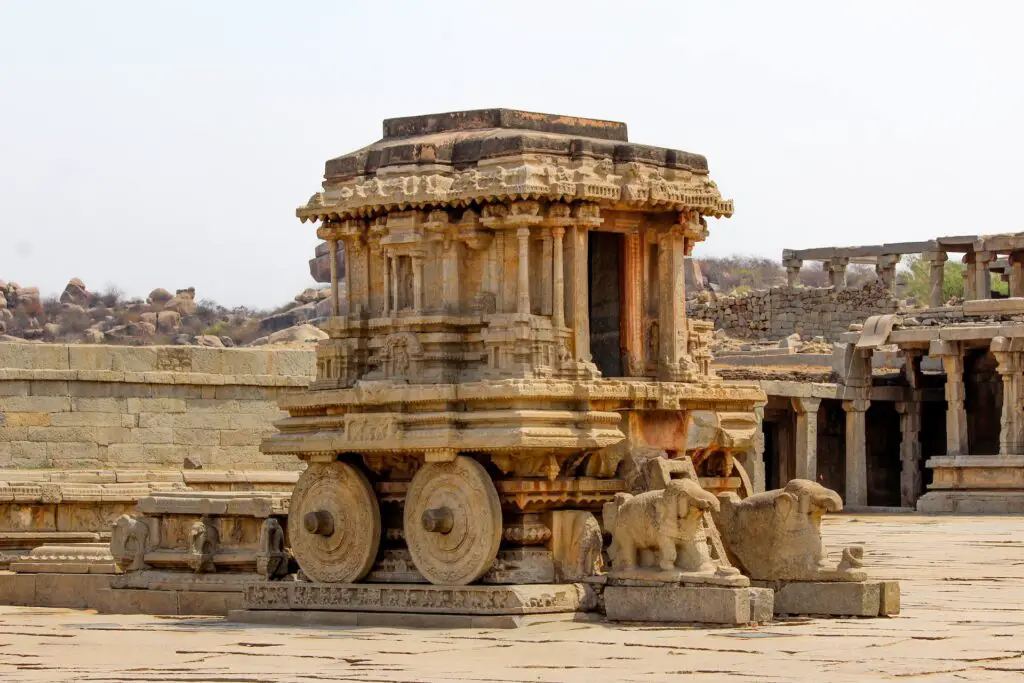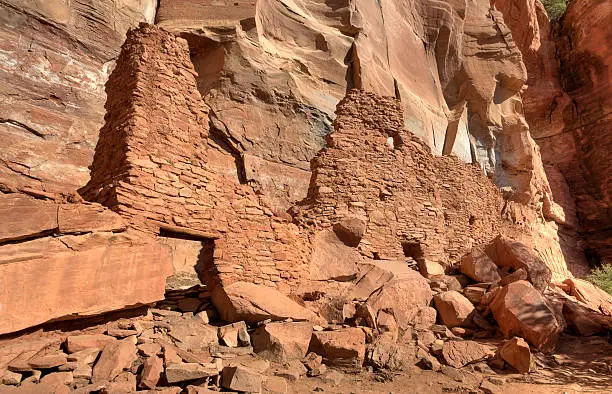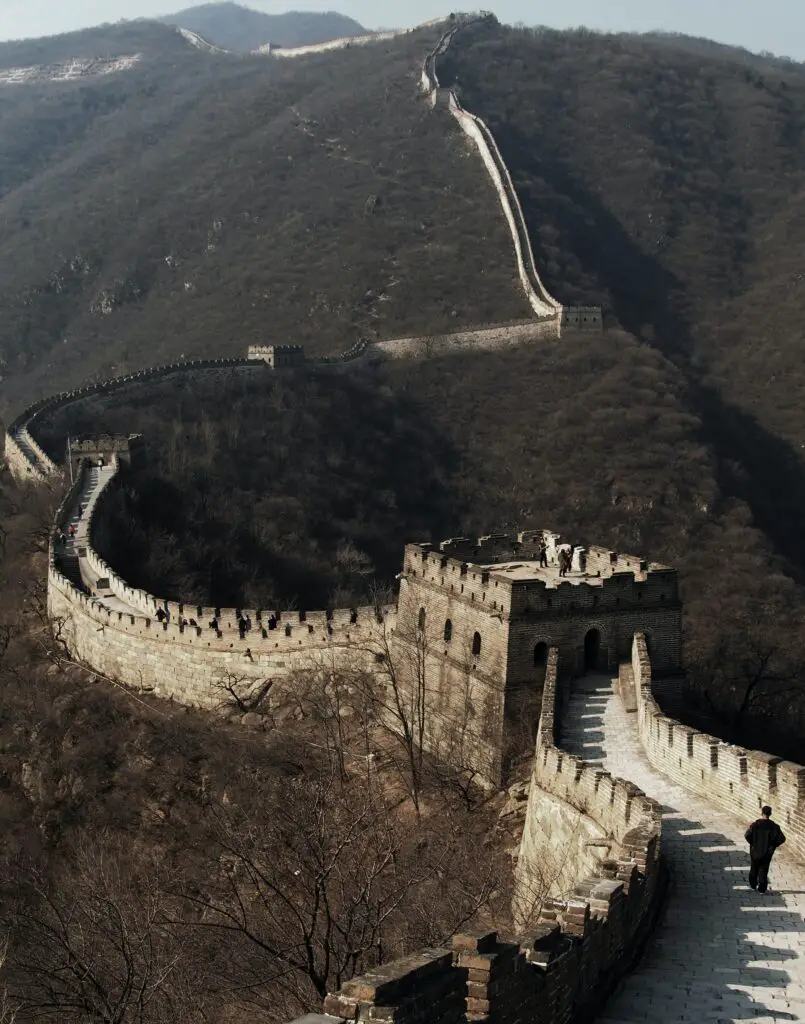Preface
The Imperial Palace of Tokyo is a former site of the Edo Castle located in the Chiyoda-ku ward of Tokyo, Japan. Even today, the Imperial Palace of Tokyo stands tall as a symbol of Japan’s rich ancient history and the legacy of the Emperor of Japan. Surrounded by the incredible green and friendly gardens, stone walls served as the residence of the imperial family in 1869. Imperial Palace is also known as Kokyo or Kyuden in Japan, evidence and labelled as Tokyo’s past history and kingdom.
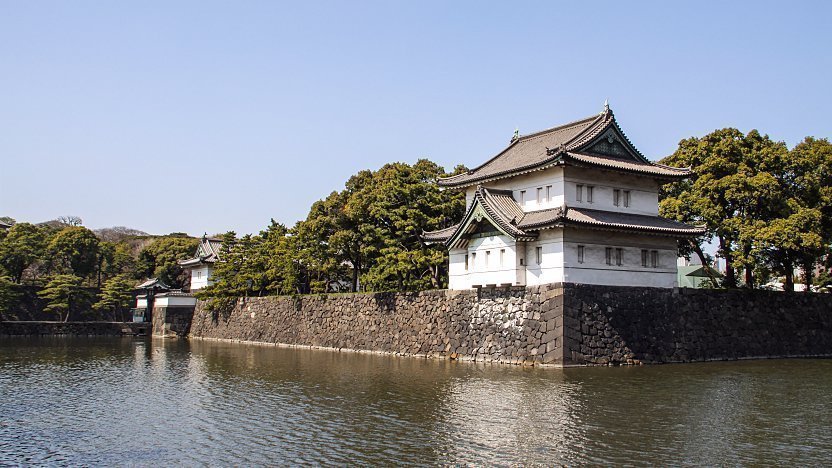
In present days, Imperial palaces try to merge both natural and cultural heritage together in order to showcase its architecture. Nearby gardens (East Garden) and parks are a captivating blend of both ancient and natural feelings with a modern touch to visitors. Bridges, guided tours, architecture and its history would always grab the viewer’s attention. So, try to learn more about the things which every visitor must know before packing his backpack to Imperial Palace, Tokyo.
Also Read; Hampi-A Living Heritage of India’s Golden Era,
All You Need to Know About Imperial Palace, Tokyo
Top things which every visitor must know before starting his/her journey to the Imperial Palace;
1. Where is the Imperial Palace Situated?
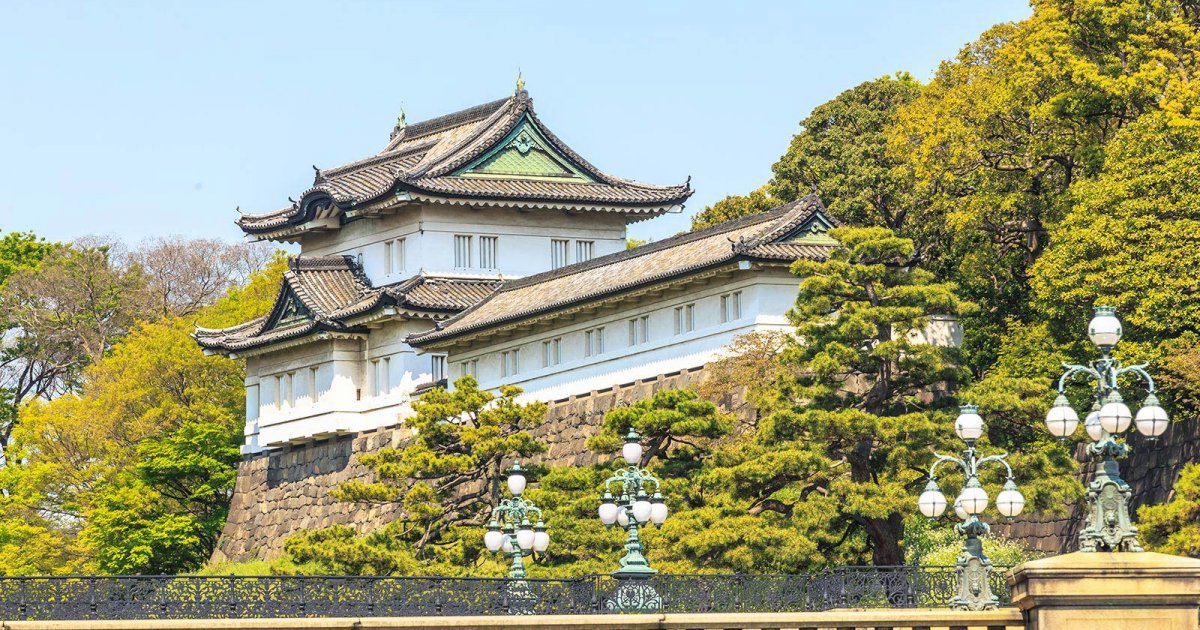
Imperial Palace is located in the center of Chiyoda-ku ward of Tokyo, Japan. The former site of Edo Castle was used as the residence or home of Japan’s famous Imperial Empower during 1869. This palace contains a number of beautiful gardens, parks, historical sites and ancient buildings.
The palace is surrounded by a beautiful stone wall in the middle of Tokyo city. You can take a walk from Tokyo Main station which is just 20 min away from. Not only Tokyo station, but you can also come from nearby Nijubashimae Station or Otemachi Station.
2. History of Imperial Palace
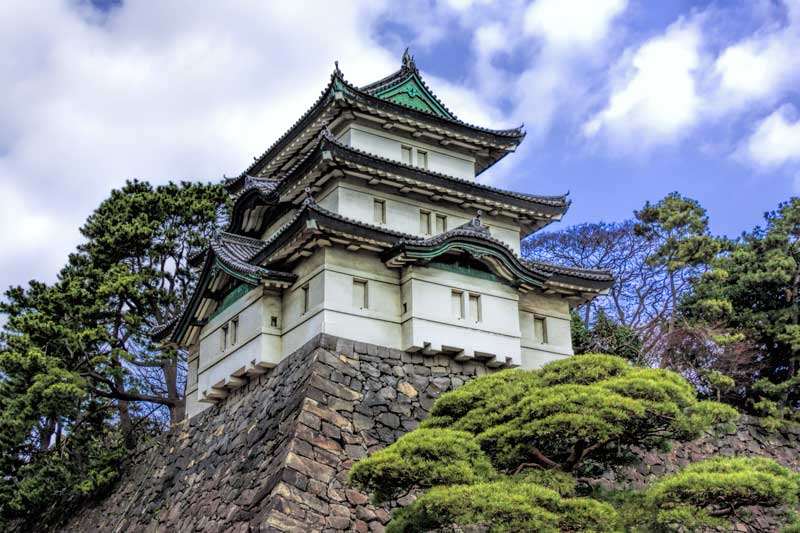
The Imperial Palace, also called “Imperial Residence” back to the period of Tokugawa Ieyasu in 1603 the premises of Edo Castle. After the end of the Tokugawa period, the Tokugawa shogunate, and the Japanese imperial family took control of the palace. During the 18th century, they slightly lost their power and control. Due to The Meiji Revolution, the Tokugawa shogunate kingdom was overthrown from Edo Castle after 200+ years of contributions. The current palace was built after the Meiji Restoration, when the transfer of the capital city from Kyoto to Tokyo. Then, the Japanese imperial family entered their own Imperial palace (1869).
Today, what we exploring at the Imperial Palace is also called Edo Castle during the Tokugawa shogunate. The beauty of the Imperial Palace of Tokyo is incredible. It passes through different dynasties and families over a course of its life. World War 2 is majorly affected most of its beauty and architecture, and thereafter, Japan tried to make a similar style to the original one.
Read about; Palatki Heritage Site.
3. Architecture of Imperial Palace
The Imperial Palace Tokyo is a perfect example of traditional Japanese architecture with modern (European) elements. Interestingly, wood is being used and replaced by its existing stone and iron bridges due to constant earthquakes in Japan. During the Meiji era, Wood was the most crucial and widely used for constructing tools in the region. Most of the interior design is made in Europe and modern style and exteriors are in Japanese architecture. It’s a ceiling of the grand chamber is in Japanese architecture.
The main buildings, such as the main palace labelled as Kyūden and the administrative buildings, are covered by beautiful lush green gardens and traditional stone walls. Its floor space will be around 7,935 Sq.km which is exclusively made for hosting special public events. Most of the ceiling roof style is copied from the old Kyoto Imperial Palace.
4. Notable Buildings in Imperial Palace
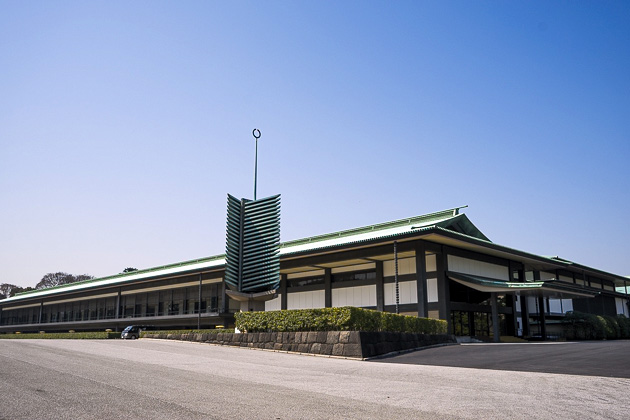
One of the main attractions of the Imperial Palace Tokyo is the Kyūden. Kyuden is the premier palace where the Japanese imperial family reside. Kyuden was severely damaged due to the earthquake and fire in 1945. Its architecture is interconnected and its palace complex was finished in 1968. Most of the Kyuden are built of reinforced concrete. The Kyūden is an impressive structure with distinctive green copper roofs and white walls. Most of the Kyuden architecture is in Japanese style.
Apart from Kyuden, Chowaden Reception Hall and the Seiden State Function Hall are also notable buildings within the Imperial Palace complex. However, it is bad news to say that these buildings are not open to the general public and can only be viewed and explored from outside the complex. But, East Garden, Kitanomaru Park and Nijubashi Bridge are free and must-visit places in the Imperial Palace area.
5. East Gardens in Imperial Palace
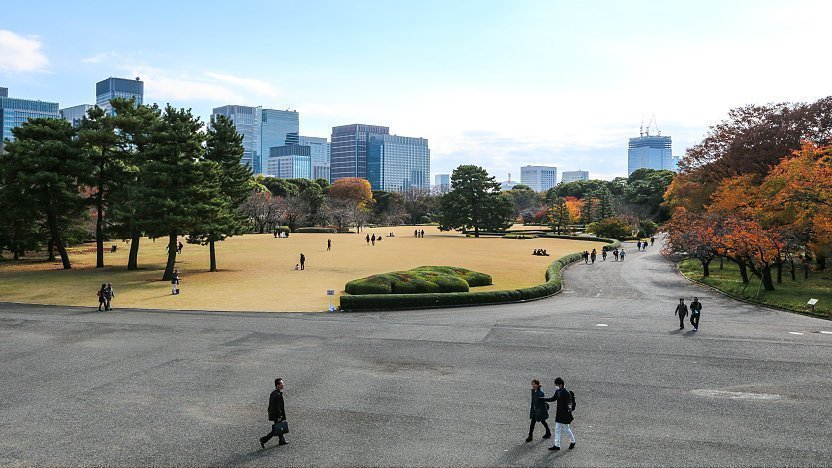
The East Garden is fully built in the Japanese style known as Kokyo Higashi Gyoen. Enter to the main palace is restricted, but you can freely enter Imperial Palace East Garden. East garden spans around 21 hectares of area including main and secondary circles. Historical structures like giant stone walls, turrets and castle towers during the Edo period are freely available to the general public.
Visitors can roam around the beautiful garden and enjoy mind-blowing sceneries, cherry trees, ponds, and ancient ruins (including Edo Castle’s guardhouse). These elements in the garden give a stress-busting feeling from Japanese bustling city. The East Garden is witnessing the admiration of seasonal flowers and plants, such as Japanese Iris.
6. Parks near the Imperial Palace
Apart from the beautiful East Garden, the Imperial Palace is labelled for beautiful parks. Those are;
-
Kitanomaru Park
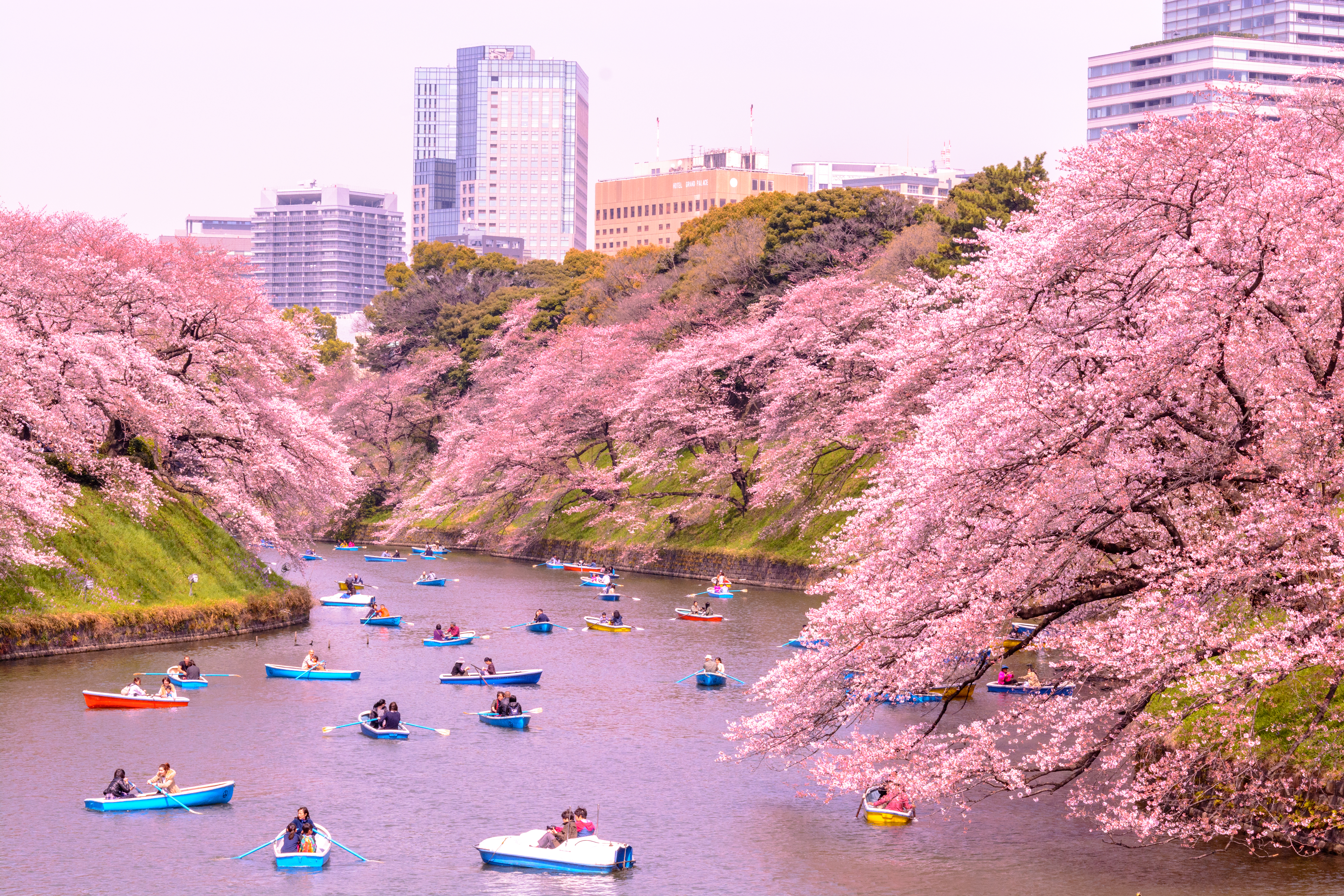
It covers the northern part of the palace complex known as a spectacular public park. Kitanomaru Park was opened in 1964, which exhibits famous bird watching and relaxing natural environments. The ‘National Museum of Modern Art’ is situated within Kitanomaru Park.
-
Chidorigafuchi Park

Located in the northern part of the imperial palace, often known for its footpath and views of spring cherry blossoms. In Chidorigafuchi Park “moat and rental boats” are major things available to explore the beauty of cherry blossoms.
-
Nijubashi Park

Nijubashi is an iconic stone bridge built under the palace moat. It is used as a main entrance to the inner palace grounds. Interestingly, Nijubashi Park is available to the general public only during 2 January and 23 February in a year.
7. Guided Tours
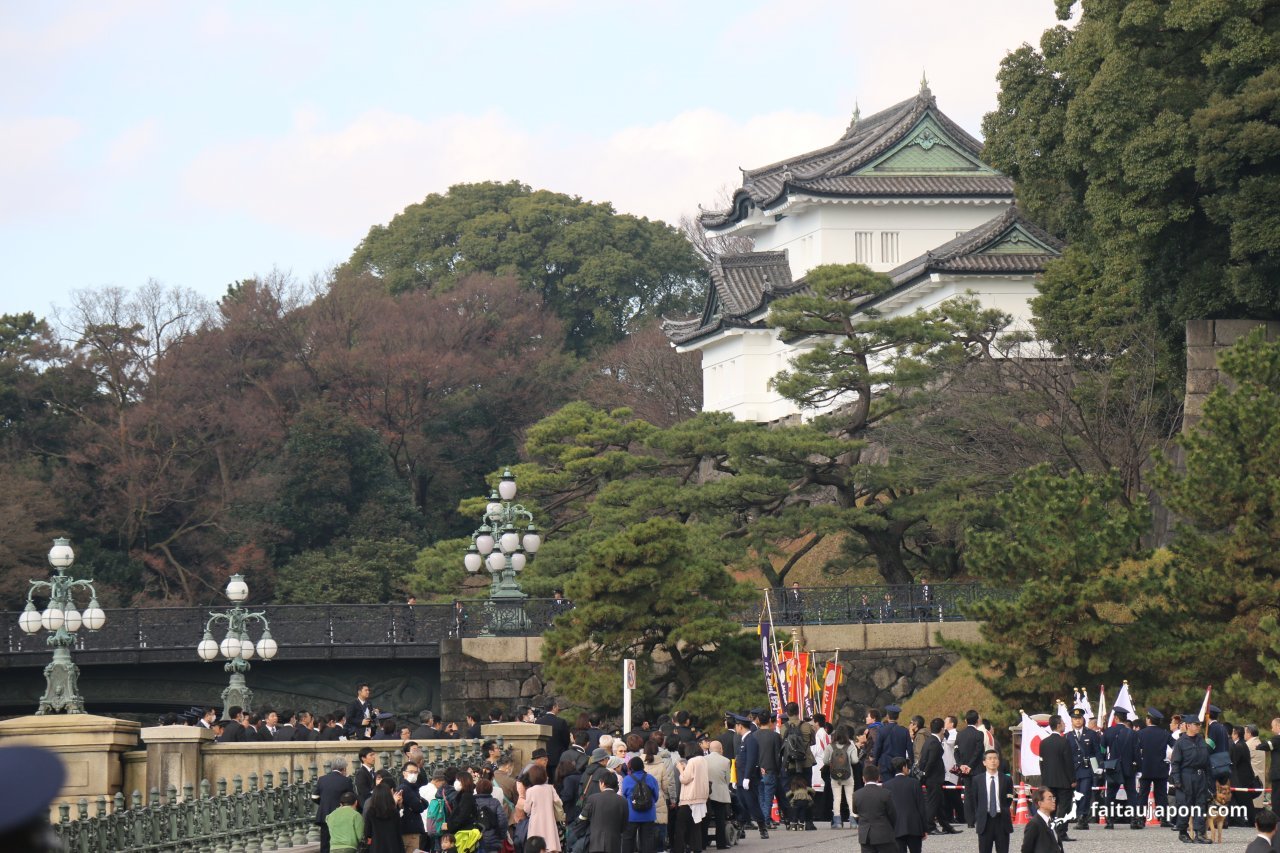
A Guided tour is a nice way to understand and explore the hidden truths of the Imperial Palace and its history. Some parts of the palace are viewed only through guided tours, which are conducted both in Japanese and English languages. Only 120 guests are accepted per day in 11 different places. The total duration of the tour will be around 75 minutes from 10.00 am to 13.30 pm. Fujimi Yagura, Hasuike Bori, Seimon Testubasi Bridge, and Fujimitamon gate places are also included in your guided tour.
Sunday, Monday and other national holidays are excluded to show the visitors insights into the palace’s architecture, history, and cultural significance. It’s recommended to check the official website of the Imperial Palace for tour availability and advance booking, or visitors can also contact the Imperial Household Agency. If you are excited to learn more about Imperial Palace Tokyo, then an easy and convenient way to learn is through guided tours.
Read about; Japan Airlines.
8. How to visit the Imperial Palace Tokyo?
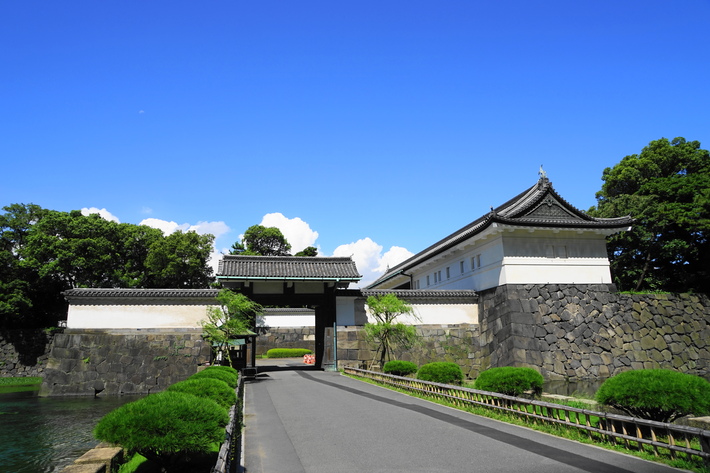
Some parts of the palace are restricted, but you need not worry about that. East Garden has been freely accessible to the general public since 1968. To visit the East Garden, you can enter through Ote Mon Gate, near Tokyo station. This garden is witnessing remnants of Edo castle, guard house, and ancient buildings. The garden is too friendly to walk in, which is open from 9.00 am to 4.30 pm (Except on Monday and Friday).
If you want to enter the palace’s inner ground you should book your ticket on January 2 (New Year’s greeting) and February 23 (the day of Emperor’s birthday). A total of 230 acres of the palace is free of cost to explore. Also visitors need not pay any admission fee, even visitors can explore the gardens at their leisure.
Read more; Japan Post holdings Logo and Taglines.
9. Best Time to Visit

You can explore the Imperial Palace from morning 9.00 -11.15 am, 1.30 – 2.45 pm every week except Sunday, Monday and any other national holidays. Palace is visited by several people throughout the year.
As we said earlier, if you are really interested in knowing the history and the structure of the entire palace (including the inner palace grounds) in a larger picture, it is better to visit on January 2 (New Year’s greeting) and February 23 (day of the emperor’s birthday). These 2 days the Imperial Palace is open to the general public.
10. Entrance Fees

Admission and entrance fees to the Imperial Palace are free of cost. But you should attain 18 years of age.
My Parting Thoughts
Overall, the Imperial Palace of Tokyo is a symbol of an iconic cultural and historical destination in Japan. It showcases the country’s rich and vibrant traditions to the whole world. As well as, providing a history and glimpse into the globe of the famous Japanese Imperial family. Apart from certain restrictions, East Garden will fulfil the desires of every travel seeker who wants to enjoy the serene beauty of the palace grounds.
Suggested Read; Yellowstone National Park.
Q: Which is the best month to visit Imperial Palace Tokyo?

A: if you are really interested in knowing the history and the structure of the entire palace (including the inner palace grounds) in a larger picture, it is better to visit on January 2 (New Year’s greeting) and February 23 (day of the emperor’s birthday). These 2 days the Imperial Palace is open to the general public.
Q: What is the Entrance Fees in Imperial Palace Tokyo?
A: Admission and entrance fees to the Imperial Palace are free of cost. But you should attain 18 years of age.
Q: On which hour should I visit Imperial Palace Tokyo?
A: You can explore the Imperial Palace from morning 9.00 -11.15 am, 1.30 – 2.45 pm every week except Sunday, Monday and any other national holidays. The palace is visited by several people throughout the year.
Q: What is the Imperial Palace famous for?
A: Imperial Palace of Tokyo stands tall as a symbol of Japan’s rich ancient history and the legacy of the Emperor of Japan. Surrounded by the incredible green and friendly gardens, stone walls served as the residence of the imperial family in 1869.

